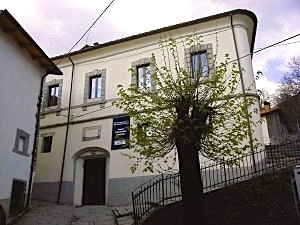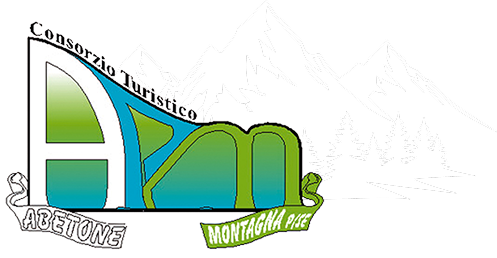Ecomuseum information point

Palazzo Achilli was built in Gavinana, in a dominant area, by Ludovico Appiani, at the beginning of the second half of the 16th century (according to some documents the construction dates back more precisely to 1585). The Appiano Princes, lords of the State of Piombino and already lords of Pisa, owners of the iron mines on the Island of Elba, had a close connection with the Pistoia Mountains for the local iron and steel industry; in fact they had contracted out the mines of Rio nell'Elba to the Grand Duke of Tuscany Cosimo I de' Medici; the mines of Rio also supplied the Gualtierotti and Villani ironworks on the Pistoia Mountains. The Palace was presumably built on a medieval structure as evidenced by the tower inserted in it and which collapsed at the end of the 19th century. Upon the death of Ludovico Appiani, the Palace was abandoned for a long period and fell into serious decline. In the mid-1700s, Filippo Achilli, a wealthy Roman cheese merchant, who had dealings with the Pistoia mountain area precisely because of this activity, purchased the Palazzo, which was now in a state of serious decay. Filippo Achilli, with an intelligent intervention, recovered the lateral portions of the Palazzo, still stable, and almost entirely rebuilt the central part, while maintaining the sixteenth-century architectural features that still characterize the building. Upon Filippo Achilli's death, the Palazzo passed to his son Domenico who adapted a large room, in the basement, into a theatre for private performances, according to the custom of the time in large cities, a use that would continue until 1913. The last descendant of the Achilli family, who was a priest, left the Palazzo to the "People of Gavinana". The Palazzo was then used as a monastery by the Crocifissine Sisters who ran an elementary school and a nursery school there. During fascism, the Palace was also used as the headquarters of the Municipal Assistance Agency, until, in implementation of Presidential Decree no. 616 of 1977, the property was assigned to the Municipality of San Marcello. In April 1994, the Palace definitively became municipal property; since 1996, it has been on loan to the Province of Pistoia, which has used it as an Information Point for the Pistoia Mountain Ecomuseum, a space for temporary and permanent exhibitions, multimedia installations and the Sound Archive of the Pistoia Mountain. Palazzo Achilli has also become the registered office of the Pistoia Mountain Ecomuseum Association since 22 November 2011, the day of its establishment. [Texts from the Culture Office of the Province of Pistoia]

 Italiano
Italiano